Russian soldiers use the adapter to fire 82mm mortar shells from B-41 anti-tank guns, increasing damage when attacking Ukrainian defense lines south of Donetsk.
"Soldiers of the Eastern Army adapted anti-tank guns to fire 82mm mortar shells during raids on Ukrainian positions on the southern Donetsk front," the Russian Defense Ministry said on December 25.
In a video released by the Russian military, an 82mm fragmentation mortar shell is loaded into the launcher, replacing the B-41's anti-tank shaped charge warhead. Russian soldiers then fire at a high angle so that the mortar shell flies in a rainbow trajectory, helping it overcome many types of obstacles and increase its range.
Russian soldiers fire 82mm mortar shells from B-41 anti-tank guns. Video: Russian Ministry of Defense
"The fragmentation shell of the 82 mm mortar is capable of causing much greater damage than the penetrating beam of a conventional B-41 shell," the Russian Defense Ministry said, but did not disclose whether this solution had been widely disseminated to combat units.
The Southern Donetsk Front, which includes Zaporizhzhia Oblast and part of Donetsk Oblast, is Russia's main defense line in its efforts to counter a large-scale counteroffensive launched by Ukraine in early June. Russian forces have recently begun launching attacks on this line, after Ukraine suffered heavy losses in the counteroffensive.
The B-41 anti-tank gun, also known as the RPG-7, was introduced into service by the Soviet Army in 1961 and is one of the most recognizable weapons in the world . More than 9 million RPG-7s have been produced and are in service in about 100 countries. Its simple design, reliability, and low cost are the main advantages that make this anti-tank weapon so popular.
The B-41's launcher tube is made of steel, has a diameter of 40 mm, is 953 mm long and weighs 7 kg. The gun has a maximum range of 500 m and is most effective at about 200 m, but its actual range when firing improved 82 mm mortar shells is unknown.
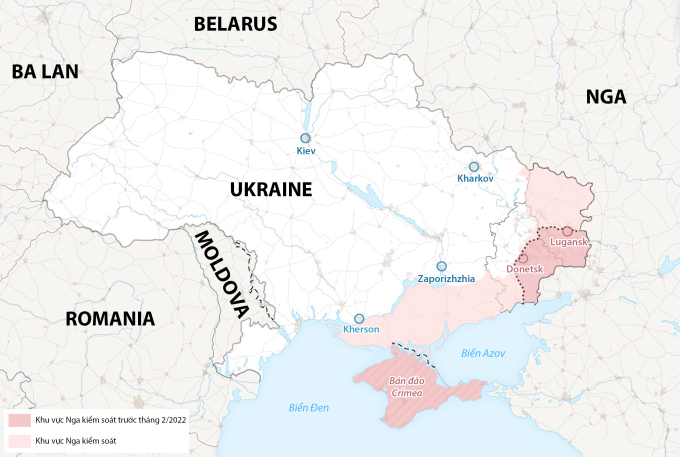
The situation of the war between Russia and Ukraine. Graphics: WP
In addition to its simplicity, the B-41 is also equipped with a variety of ammunition with diameters ranging from 40 to 105 mm, suitable for a variety of different missions. This anti-tank gun can fire conventional armor-piercing hollow-charge rounds or dual-charge rounds specialized for dealing with reactive armor, along with fragmentation and thermobaric rounds to destroy infantry and lightly armored vehicles.
The B-41's shaped charge anti-tank warhead could still kill infantry, but was much less effective than the fragmentation round, which could create hundreds of fragments over a large area upon detonation.
Vu Anh (According to TASS, Reuters )
Source link


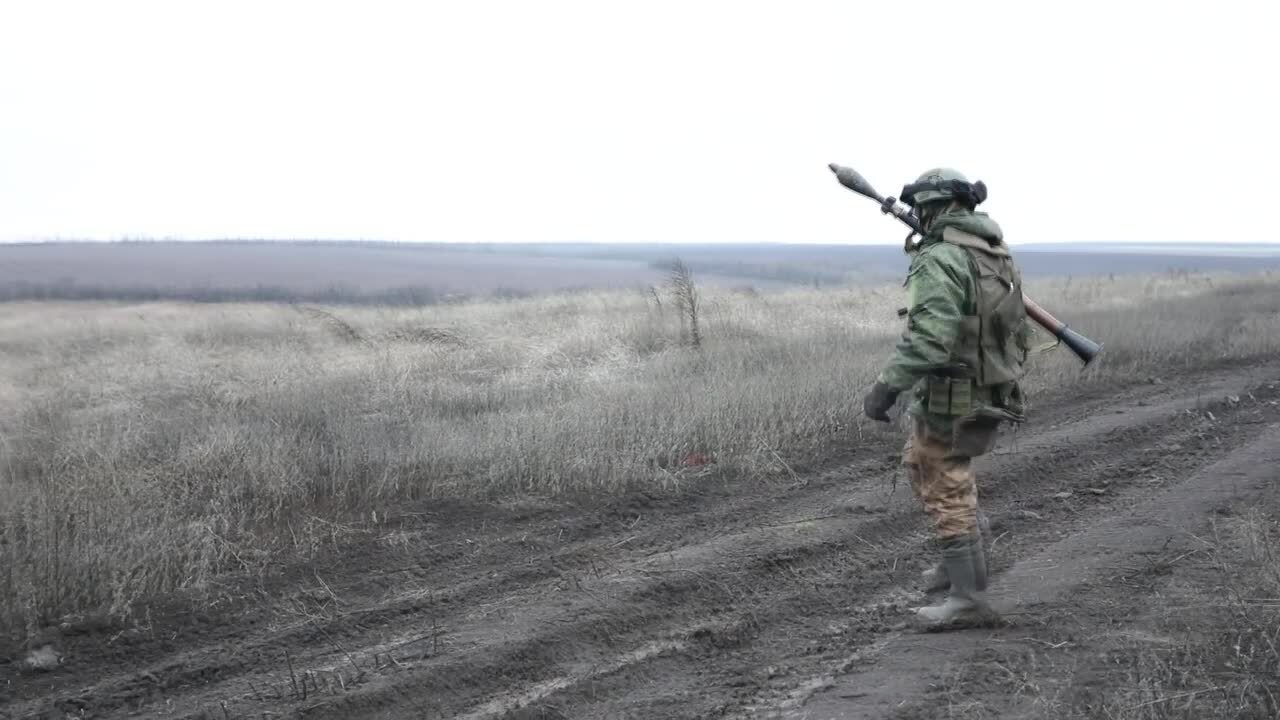




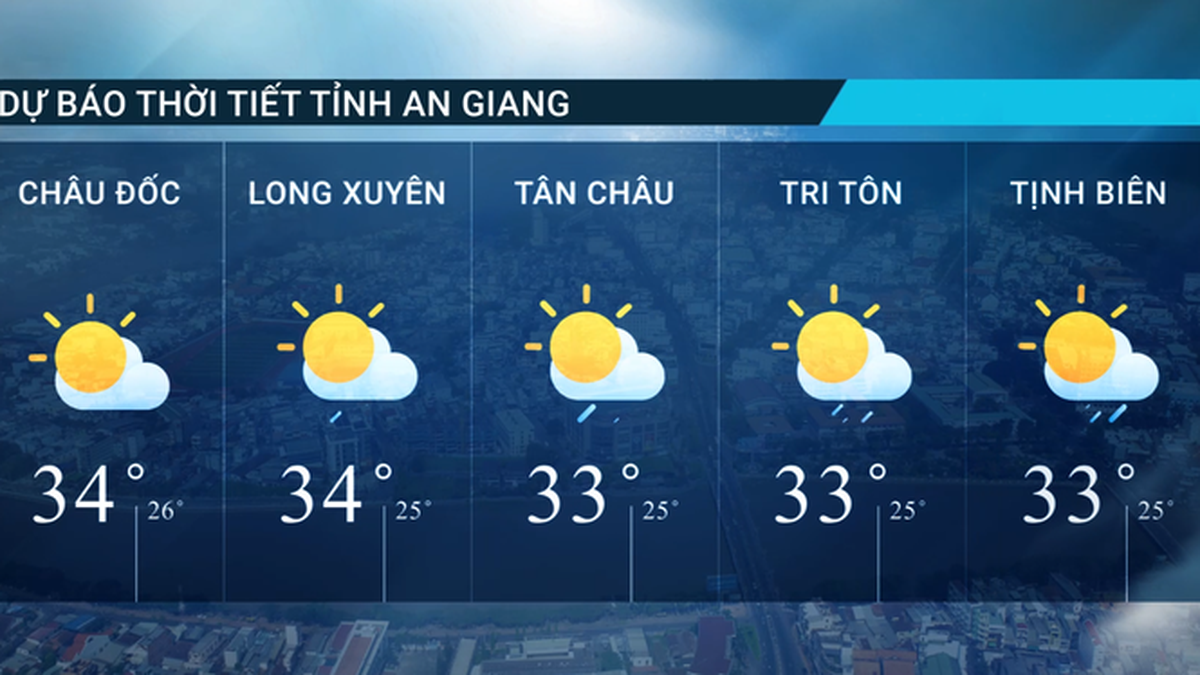
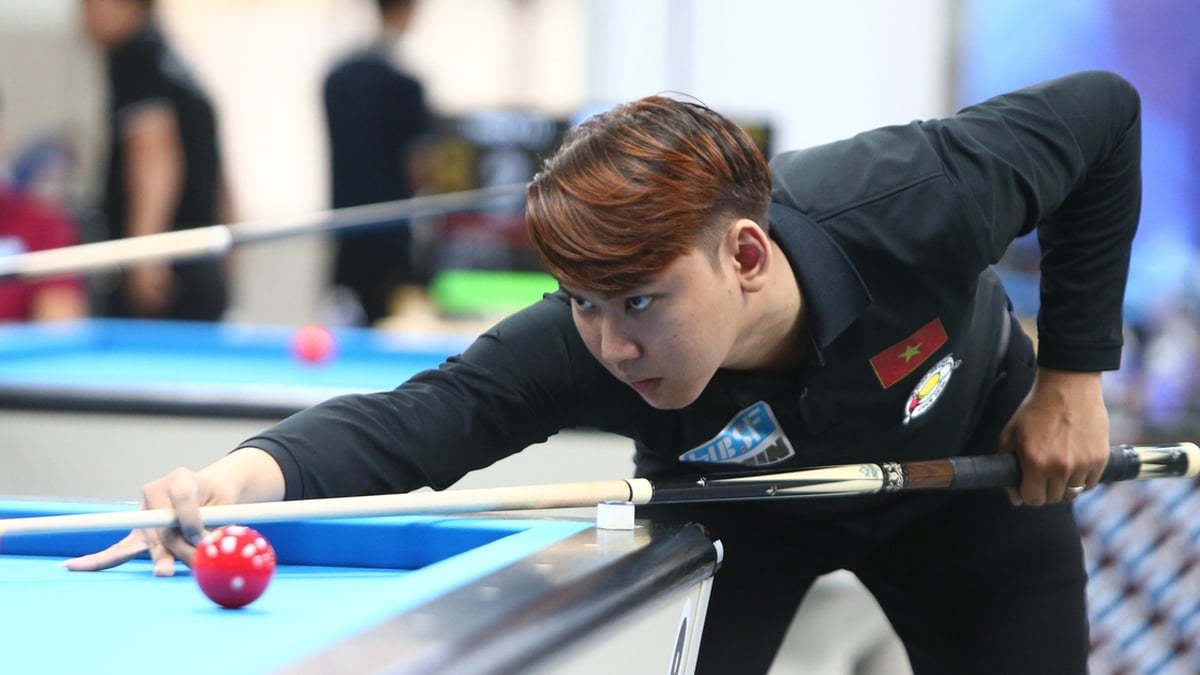

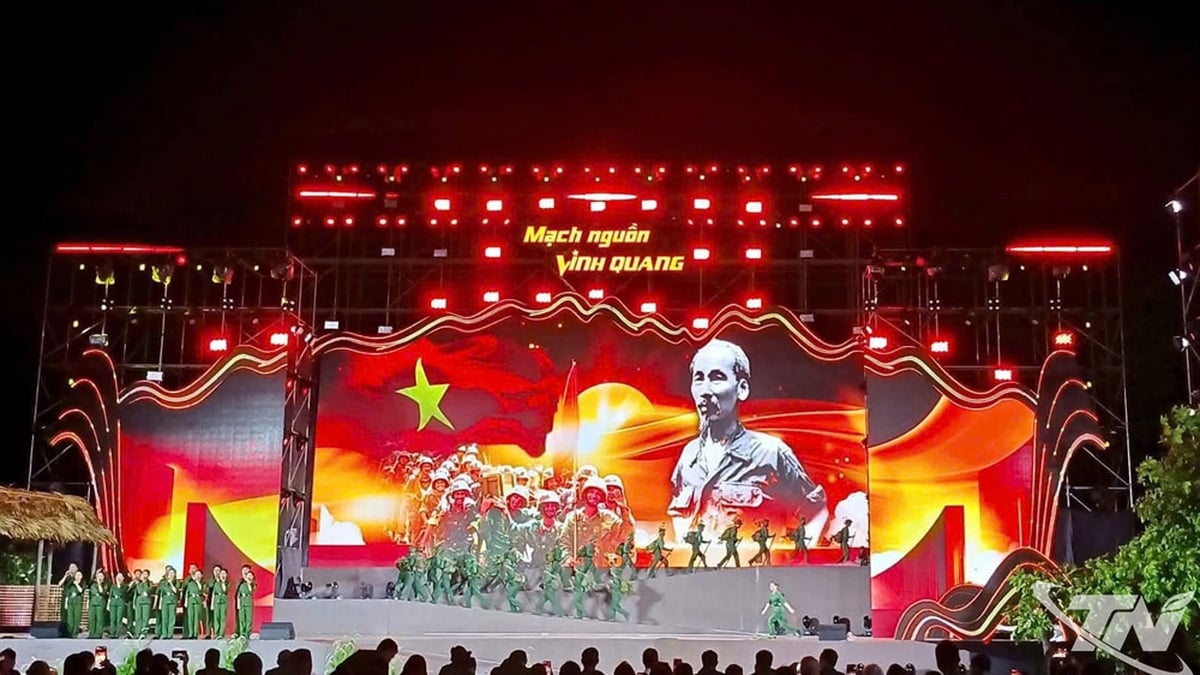





















































































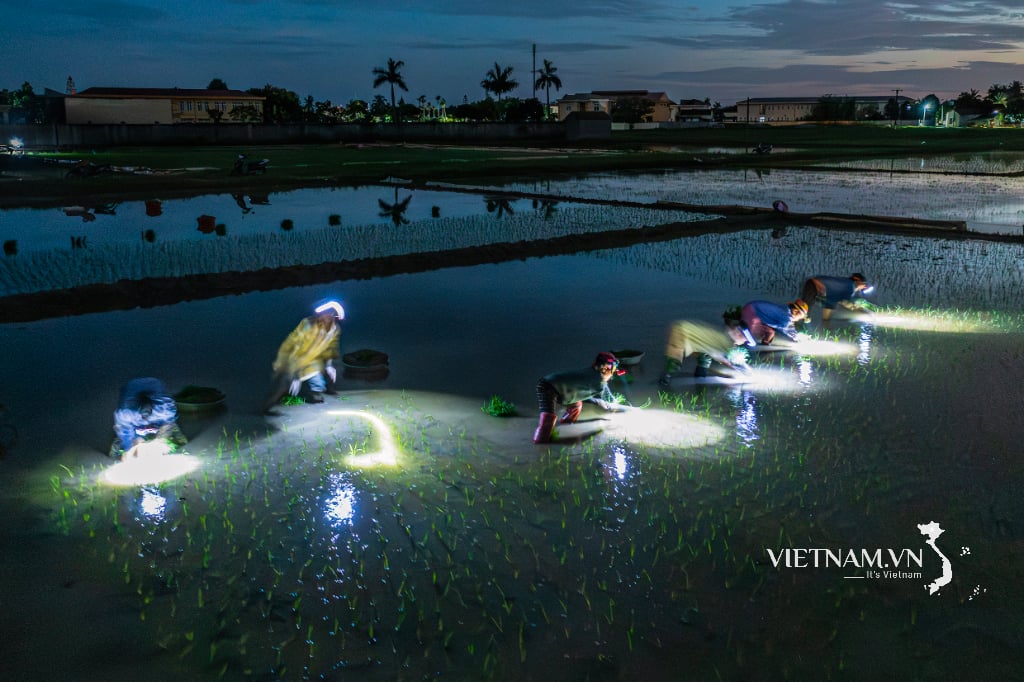



Comment (0)